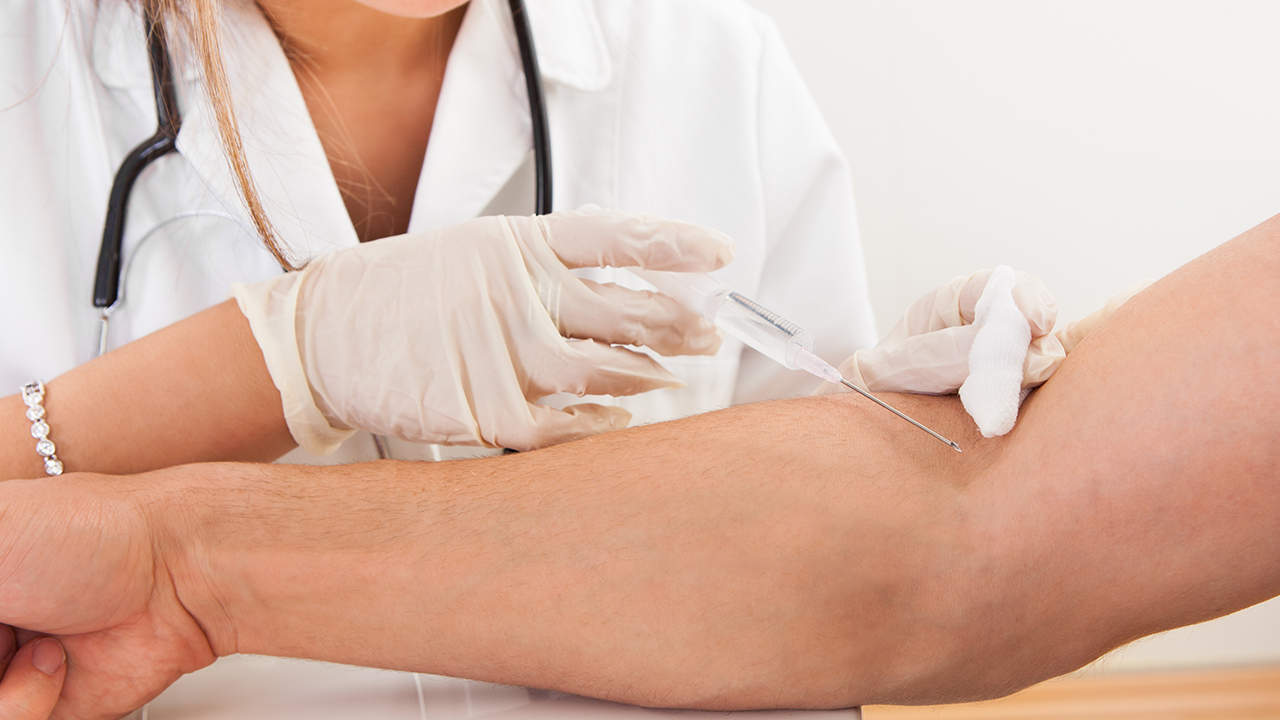How to Care for STD Patients

Understanding STDs
Sexually transmitted diseases (STDs) are infections that can pass from one person to another through sexual contact. There are a wide range of STDs, each with its unique symptoms and treatment options. Some of the most common STDs include:
Chlamydia: A bacterial infection that can cause symptoms such as discharge, pain during urination, and pain in the lower abdomen
Gonorrhea: A bacterial infection that can cause symptoms such as discharge, pain during urination, and pain in the lower abdomen
Syphilis: A bacterial infection that can cause symptoms such as sores, rash, and fever
Herpes: A viral infection that can cause symptoms such as sores, itching, and burning
Human papillomavirus (HPV): A viral infection that can cause symptoms such as warts and cancer
Diagnosing STDs
STDs can be diagnosed through a variety of methods, including:
Physical exam: A doctor will examine the patient for signs and symptoms of an STD
Lab tests: Lab tests can be used to detect the presence of an STD in the body
Culture: A culture can be used to grow the bacteria or virus that causes an STD
Treating STDs
Treatment for STDs will depend on the type of infection. Some STDs can be treated with antibiotics, while others require antiviral medications. It is important to follow the doctor's instructions carefully and to complete the full course of treatment to prevent the infection from coming back.
Preventing STDs
The best way to prevent STDs is to abstain from sexual contact. However, if you do engage in sexual activity, there are a number of things you can do to reduce your risk of contracting an STD, including:
Use condoms: Condoms are the most effective way to prevent STDs. They should be used every time you engage in sexual activity.
Get tested: Get tested for STDs regularly, even if you don't have any symptoms. This will help to catch and treat infections early on, before they can cause serious health problems.
Talk to your partner: Talk to your partner about STDs before you engage in sexual activity. This will help you to make informed decisions about how to protect yourself and your partner.
Caring for STD Patients
Caring for STD patients requires a compassionate and understanding approach. Patients may feel embarrassed or ashamed about their infection, so it is important to create a safe and non-judgmental environment.
The following are some tips for caring for STD patients:
Be patient and understanding. Patients may be feeling overwhelmed and confused about their infection. Be patient and understanding as they try to process the information and make decisions about their treatment.
Provide accurate information. Make sure that patients have accurate information about their STD, including the symptoms, treatment options, and potential risks.
Offer emotional support. Patients may be feeling scared, isolated, or alone. Offer emotional support and let them know that they are not alone.
Respect their privacy. Patients may feel embarrassed or ashamed about their infection. Respect their privacy and keep their information confidential.
Refer to other resources. If you are not able to provide all of the care that the patient needs, refer them to other resources, such as a doctor, therapist, or support group.
Conclusion
STDs are a common problem, but they can be prevented and treated if they are diagnosed and treated early. By following the tips above, you can help to care for STD patients and reduce the spread of these infections.
The above is all the content that the editor wants to share with you. I sincerely hope that these contents can bring some help to your life and health, and I also wish that your life will be happier and happier.
Tags: #care #to #how















